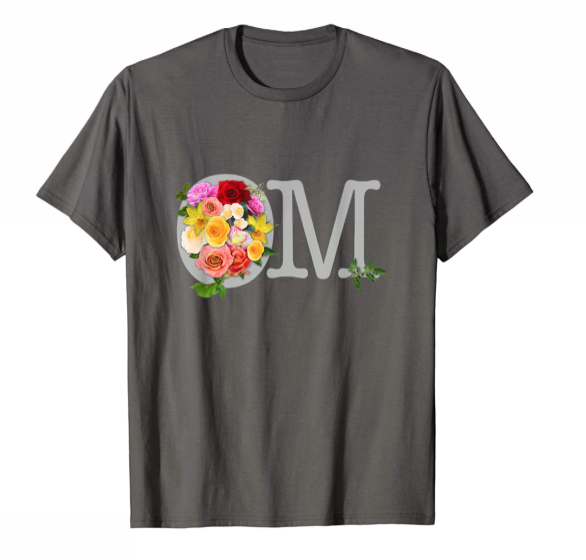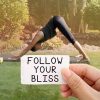We all know that our bodies are capable of conveying a range of emotions, but have you ever stopped to think about how our hips are involved in this communication? Our hips are a powerful tool in expressing emotion, and it is important to be aware of the language they can tell us. From subtle shifts in posture to more obvious physical cues, our hips can tell us a lot about what we are feeling. In this blog post, we will explore how our hips communicate emotion and how we can use that knowledge to better understand ourselves. We want ease and some effortlessness in our bodies when we are functioning whether running a marathon or up and down the stairs. Sometimes our movement is prohibited. Sharp or shooting pains may interrupt our life. Bursitis, for example, might be an indication that a joint has been overused. Healthy movements, such as Pilates and Yin Yoga, can help us to become aware of where tightness or restriction exists in the body. Practicing yoga with an emphasis on restorative poses can also aid in reducing tension and stress, allowing for healing sensations to enter your body. As we move through postures with intention and self-awareness, we become more adept at recognizing how our body communicates with us. When your body is relaxed, you’re able to connect more deeply to its language, helping you to express emotions more clearly, such as joy, relief, sorrow, or fear. The language of the body should not be underestimated — it can often tell us more than words ever could. Hips are used when dancing. Hips are also used when running. The hips are an important storage vessel of emotional stress because of relationship of the hip flexors to the adrenal glands and the location of the sacral chakra. Hips are the center of gravity in the female anatomy. By maintaining healthy hip flexibility, you can build a better connection between your mind and body as well as increase circulation, reduce pain, and encourage healthy habits. Yoga, Pilates, strength training, fascia release or a combination of these can all help you maintain healthy hip flexibility. Stretching regularly can help relieve tightness, improve range of motion, and promote relaxation. Improving your balance is another way to support your hip health; try adding standing poses like Warrior I, II, or III into your routine to challenge your balance. Eating a nutritious diet is also key for overall hip health. Foods rich in antioxidants and omega-3 fatty acids can support joint health, reducing inflammation and supporting joint lubrication. Finally, getting enough rest helps your body heal, so make sure you get enough sleep every night! We need to move in our bodies in different ways outside of our routine. Whether we’re practicing a vigorous yang yoga flow or a slow and restorative yin yoga practice, both styles have the potential to bring us into deeper connection with our body’s language. Additionally, being conscious of where we experience discomfort or tightness can be beneficial. For example, tightness or pain around the hips can often point to deeper emotional issues; maybe an issue from your past or something more recent that you haven’t fully processed yet. In some cases, such as bursitis, the physical pain is an indication that we’re pushing ourselves too hard physically, and it’s time for some rest and recovery. Being aware and honoring what your body is communicating can help prevent future issues from occurring as well as reducing existing discomfort and pains. Often crying in a yoga class is a signal that we are releasing something physical and / or emotional. Yin yoga can be particularly helpful for this, as it involves holding postures for longer periods of time, allowing us to access our deeper layers of being. We may even feel emotions come up while breathing deeply into certain postures. By simply being with these feelings, without judgment, we can gain an understanding of what our body needs and how to best nurture ourselves. Crying can also be an expression of joy, as an acknowledgment of the healing journey taking place on our mats during yin yoga practice. Through this practice, not only do we become more aware of our body’s sensations, but also learn how to connect deeply with our emotions, honor them, and open ourselves up to the depths of our own inner being. Body Language: How Our Hips Communicate Emotions
What are good and bad sensations?
What is the relationship between sensation and emotion?
How do our practices cultivate this relationship?
What does it mean when I cry in a yoga class?
Bouquet of flowers circle the O in the OM mantra. Inspirational OM! Everything in the universe is pulsating and vibrating. The sound Om, when chanted, vibrates at the frequency of 432 Hz, which is the same vibrational frequency found throughout everything in nature. Available at Amazon. Click here.
HIP OPENING FLOW
Posted in healthy, hips, Pilates, Yoga with Rebekah, yoga workshop, yogalates, yogilates, youtube






